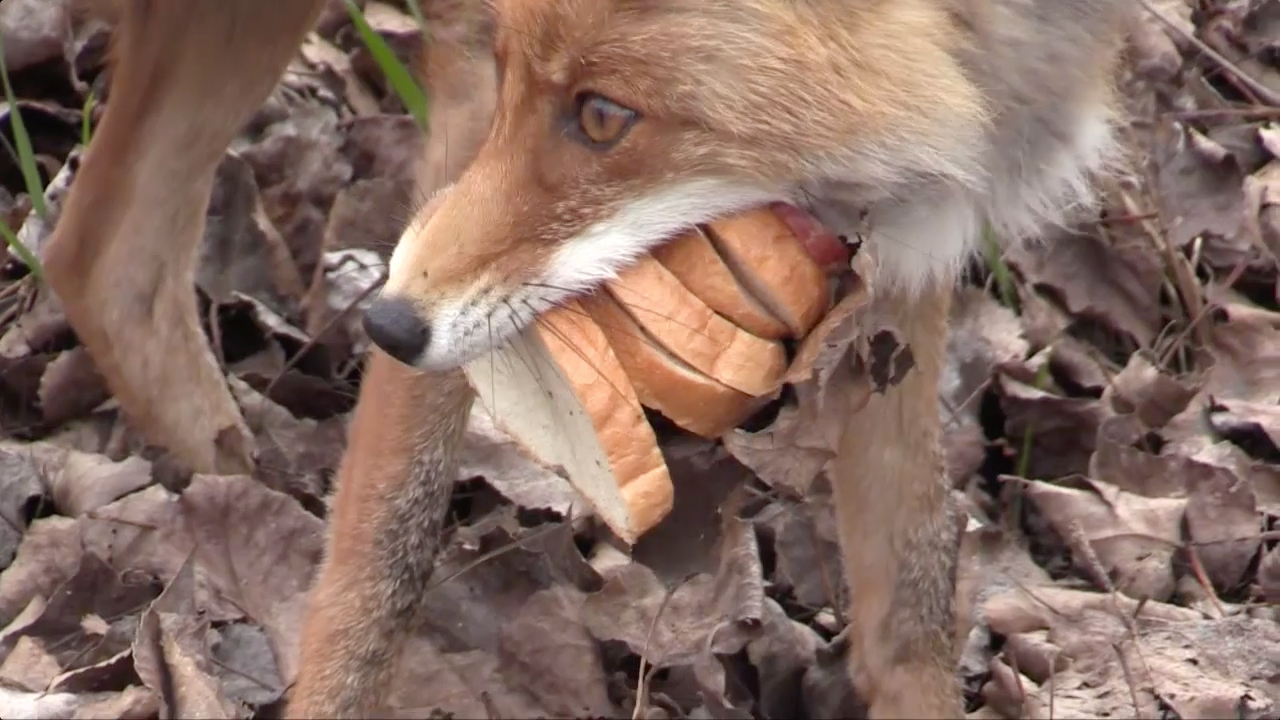

Much of the radioactive material which had blown out of the reactor building was brushed back in by hand. Robotic equipment was purpose built to deal with radioactive material in areas of high radiation risk but the radioactivity affected the electronics and rendered many machines useless. Those who entered contaminated areas during the attempt to clean-up Chernobyl were referred to as liquidators. A large memorial within the exclusion zone is dedicated to the firefighters and in particular to the 7 who died from acute radiation sickness. For those firefighters who received a high radiation dose, the symptoms of acute radiation sickness would have appeared within a few hours and potentially even within minutes. Radiation poisoning damages DNA, preventing cells from dividing normally, and causing a number of symptoms including nausea, vomiting, bleeding, loss of consciousness and potentially death. However, in doing so, they exposed themselves to high levels of radiation. The first to respond were firefighters who tackled fires around the reactor building. In the immediate aftermath of the accident, whilst decisions were being made in the bunker and elsewhere about the future of the power plant, emergency workers were arriving. A large conference table dominates a room with name tags and phones at each seat the bunker would still get used today in the case of another emergency. We were taken to the underground bunker where the power plant management met after the explosion. Debris from the core was scattered around the power plant and radioactive particles were dispersed into the atmosphere 2. The build-up of steam caused at least one explosion which destroyed the reactor casing and blew the 2,000 ton reactor lid into the roof.

An attempt was made to re-insert the control rods for the emergency shutdown however, the control rods did not fully insert and power generation increased. During the experiment, most control rods were fully removed from the reactor.

By fully inserting the rods, all the neutrons should be absorbed and the fission reactions then stop, resulting in power generation halting. These rods are able to absorb neutrons, which could otherwise split uranium atoms in the process of nuclear fission. An emergency shutdown of the reactor involves fully inserting control rods into the fuel material. Debate continues over what actually occurred during the lead up to the accident. The accident at Chernobyl followed a failed emergency shutdown whilst Reactor 4 was being used for experimentation. The sarcophagus in which the exploded reactor resides. The last operational reactor was shut down in 2000 and decommissioning work is ongoing at Reactor 1. The building stretches off in one direction where Reactors 1, 2, 3 and the remains of 4 are housed. Some decorative mosaic-like features and flowers by the road and the Ukrainian flag provide a splash of colour. From outside the entrance, the power plant is a grey, rather featureless 4 storey building. These cooling towers were being built previous to the accident, in preparation for the construction of 2 new nuclear reactors. The inner zone is an approximate 10 km radius around the power plant and as we drew closer to the plant, the first buildings to come into view were 2 unfinished cooling towers. The zone covers a total of 4200 km2 and in Ukraine is divided into an outer and inner zone with checkpoints at each. To reach the power plant itself, our group had to pass through armed checkpoints which mark the Chernobyl Exclusion Zone in Ukraine. Most of the group, including myself, were PhD students travelling to Chernobyl to learn about the accident and the legacy it has left in the surrounding environment. Their specific research subjects vary widely, ranging from the fate of radioactive waste released by UK nuclear facilities, to the effects of radiation at the genetic level in specific species. They were all members of a UK government funded consortium involved in research related to radioactivity and the environment. On the 2nd of September this year, a group of UK based scientists met at Boryspil Airport, Kiev. The group of managers in the Chernobyl bunker, the Government of the USSR and others from around the world, had to come up with a plan to deal with the world’s worst nuclear power disaster. Acute radiation sickness killed a confirmed 28 power plant and emergency workers 1. The explosion had killed 2 workers and many others had already received a lethal radiation dose. Within 66 minutes the management team of Chernobyl Nuclear Power Plant were in the underground bunker below the facility. At 01.24, on the 26th of April 1986, one of Chernobyl’s four nuclear reactors exploded.


 0 kommentar(er)
0 kommentar(er)
